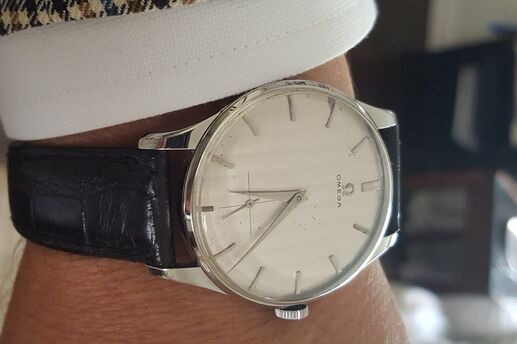Olympic Hopefuls: A Roundtable Discussion (Part 1)

How exactly do you train for the Olympics? What do you do on a day-to-day basis, in terms of weightlifting, cardio and other training specific to your sport? And what do you eat? Men’s Life Today talked to three U.S. Olympic hopefuls -- all in very different sports, but all of whom are affiliated with the New York Athletic Club -- about how real champions prepare to compete on sport’s biggest stage. These were our participants:
 |
Jake Herbert, wrestler, age 26, born in Naperville, Ill.; 2009 World Freestyle, silver medalist |
 |
Seth Kelsey, fencer, age 29, born in Colorado Springs, Colo.; 2010 World Championships, silver medalist |
 |
Jarrod Shoemaker, triathlete, age 28, born in Maynard, Mass.; 2008 Olympian, USA Triathlon 2010 Elite National Champion |
MLT: Most athletes today do some form of strength training. Can you tell us about your weight-training regimens?
Kelsey: “Pretty typical is three long lifts -- one hour and 45 minutes each session -- on Mondays, Wednesdays and Fridays. We do squats, Olympic lifts, single-arm dumbbells, a lot of full-body movements. We always do core -- hanging leg raises and that kind of stuff. Also for fencing, we do a lot of forearm work.”
Herbert: “Right now, we lift three times a week -- Monday, Wednesday and Friday -- for about an hour and a half. We have a strength coach there for us, and it’s all geared toward explosive, fast-twitch muscle fiber stuff. So we’ll do successively heavier sets of front squats, cleans, close grip bench, explosive push-ups off the medicine ball, dead lifts. We also do weighted pull-ups. Our coach wants us to get to the point where we can do them with a 100-pound plate strapped to us.”
Shoemaker: “We’re not doing squats and cleans, or really any traditional weightlifting. As endurance athletes, it’s more focused on enhancing and strengthening the core and on functional flexibility … very discipline-specific movements.”
MLT: What’s the most kick-ass cardio workout you do?
Shoemaker: “We do a really hard, tempo-running workout: 2 x 2 miles with five minutes rest between. Then run a mile [2 miles, five minutes rest, 2 miles, five minutes rest, 1 mile]. I’m getting down below a 4:45 pace.”
Kelsey: “What we call our most terrible circuit workouts: incline sprints, kettle ball swings, push-ups and pull ups. Nonstop, five times.”
Herbert: “We do treadmill sprints: 30 seconds hard, 30 seconds off. And every time we do one, our coach raises the incline. And then ups the speed. We do a total of anywhere from 22 to 40 of these, and at the end, you’re on max incline and running 14 miles per hour for 30 seconds.”
MLT: Sounds like you push yourselves to exhaustion.
Kelsey: “I need to know how my body feels when it’s drop-dead tired. Because any moment of hesitation in my sport and you get hit.”
MLT: So I imagine recovery must be a big issue too.
Herbert: “We drink a recovery shake after each workout, to get the amino acids back in us. I get a lot of sleep. And stretching’s huge!”
Shoemaker: “Massage once a week at least, chiropractic once a week, and I shoot for nine hours of quality sleep a night. That’s the most important thing I do for recovery.”
MLT: Let’s talk nutrition: What’s the breakfast -- and lunch and dinner -- of Olympic champions?
Kelsey: “We do a fairly low-carb diet. No refined carbohydrates -- i.e., no white flour, sugar or potatoes. I don’t think those do anything to enhance your training.”
Herbert: “In college, I was living off of Hot Pockets and ranch dressing. Now, I’m eating a lot of fruits and vegetables.”
Shoemaker: “There’s nothing crazy about our diet. We try to eat fresh and healthy, and stay away from processed foods as much as possible. We have a pretty high percentage of carbs, but protein is one of the best things for rebuilding muscles, so we try to eat plenty of quality proteins too.”
Photos: Courtesy of New York Athletic Club

